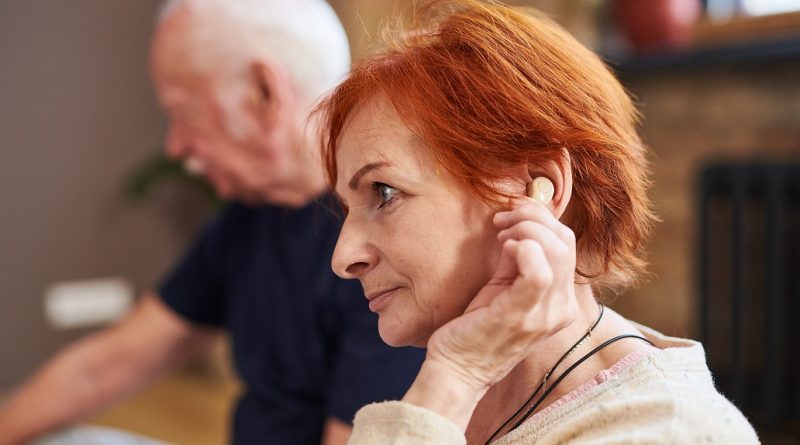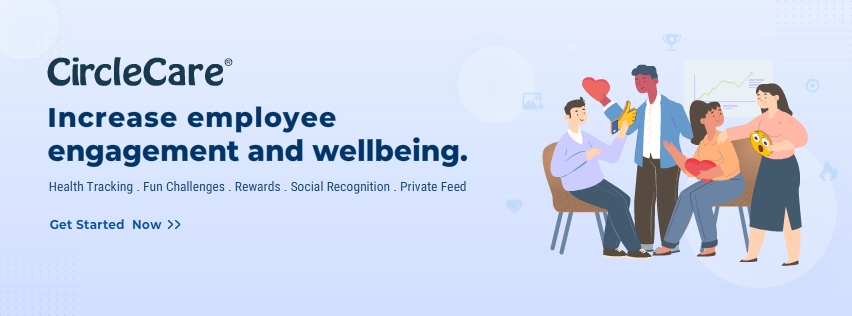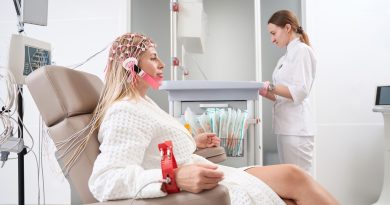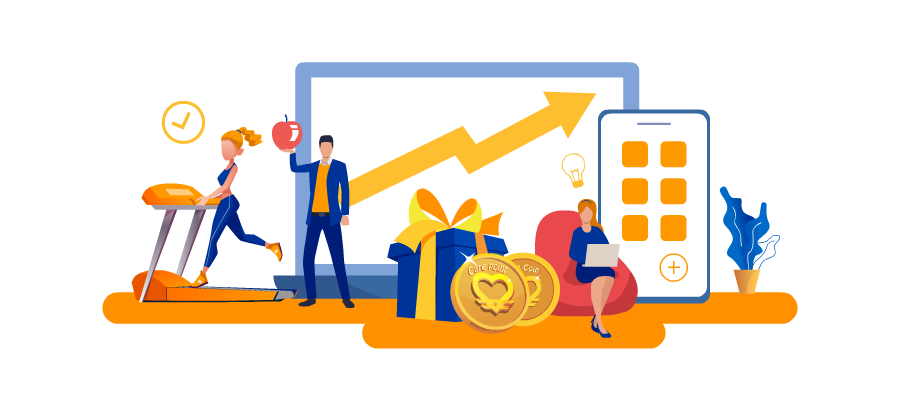Assistive devices and technologies are those created with the primary purpose of maintaining and improving a patient’s functioning and independence. Gone are the days when patients with certain disabilities had to suffer. For as long as there’s access to assistive technology, they may slowly live better despite disability. This means they can still go to school, work, and function in society much like everyone else.
Fortunately, advancements in medical manufacturing technology have given birth to many different types of assistive technology, each with their respective purposes, to help those who need them. Overall, the patient may feel an enhanced participation in their daily life and even get back to some activities they’ve missed out on doing. This provides an overall improved sense of well-being.
This article will discuss different types of assistive technology aiding occupational therapists, healthcare workers, and even the patients themselves, along with how each can help patients.
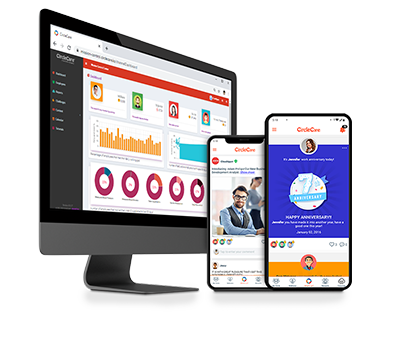
Corporate Wellness App
CircleCare
Mobility Aids
As its name suggests, mobility aids are those used for patients who either have a temporary or permanent disability affecting their mobility. By using mobility aids, the patients can enjoy greater freedom and independence. They’ll no longer be very constrained in their ability to move around, due to their disability.
Some commonly-used examples of this type are:
- Walkers, also known as Zimmer frames, are made out of a framework of metal with four legs, for more support and stability to the user.
- Canes, which come in many forms, shapes, and sizes, conform with the patient’s build. These allow patients to walk better, as they now have a better means to balance upright, through support from the cane.
- Crutches conform to the patient’s body to weather through an injury to their foot, leg, or ankle.
Apart from allowing patients to move around, mobility aids also have tremendous effects on the patient’s self-confidence and self-esteem. They feel less lonely because their movement and socialisation isn’t as limited, with their restored ability to move around.
Hearing Aids
Hearing aids are used to help patients who suffer from hearing disabilities. Hearing loss can affect people of all ages, even babies. This is the reason hearing tests form part of the very first tests done on babies, right after their birth.
Most hearing aids are digital, powered either through a traditional hearing aid battery or a rechargeable one. A hearing aid works first by using a small microphone to collect different sounds. Then the sound is converted into a digital code. This code is responsible for analyzing and converting and adjusting the sound based on the wearer’s level of hearing loss.
Another example is the cochlear implant. This electronic device stimulates the nerve for hearing. The external part is placed behind the air, while the internal part is implanted under the skin behind the ear as well.
Visuals
These are assistive technologies used for individuals who are visually impaired or blind. These can be used for daily living activities, wayfinding, and even accessing computers.
Examples of vision assistive technology are:
- Audio books and electronic books, whereby those who are visually impaired can listen to the audio book, so they still feel like they’re actually reading.
- Portable magnifier, used to help people with low vision do more day-to-day activities easily, through increasing the text and size of letters and objects.
- Phones with large tactile buttons, or the old school phone with a QWERTY keyboard, so visually-impaired patients can still send text messages and make calls, using their own phone, independently.
Cognitive Devices
Cognitive devices are also known as cognitive aids like computer or electrical assistive devices aimed at helping people with memory, attention and other thinking skills-related challenges. Generally, individuals who can benefit from cognitive devices are those with conditions like stroke, traumatic brain injury, dyslexia and multiple sclerosis, among the many.
Some of the common cognitive devices and mobile apps used as assistive technology are:
- Recorders, used to store information which can be replayed at a later time;
- Cueing or memory aids, which are products that aid those patients who have cognitive limitations to do their essential tasks along the lines of accomplishing activities and setting appointments;
- Word completion or prediction, which refers to the software used to predict words and phrases used in certain contexts.
Conclusion
There are many different types of assistive technology out on the market today, apart from those in the list above. The manner in which they change the lives of patients truly makes them valuable. Let your therapist or physician assess and guide you as to which assistive technology device will be best for you..

